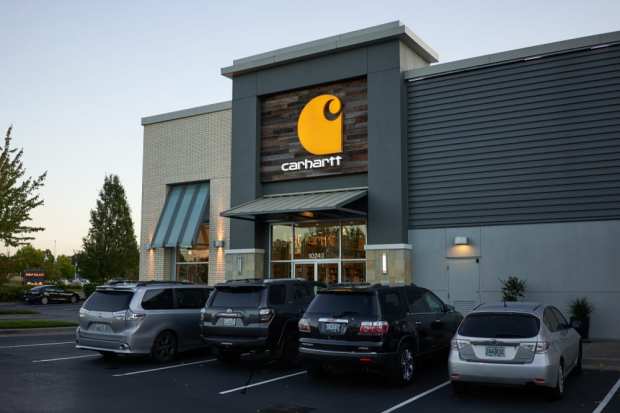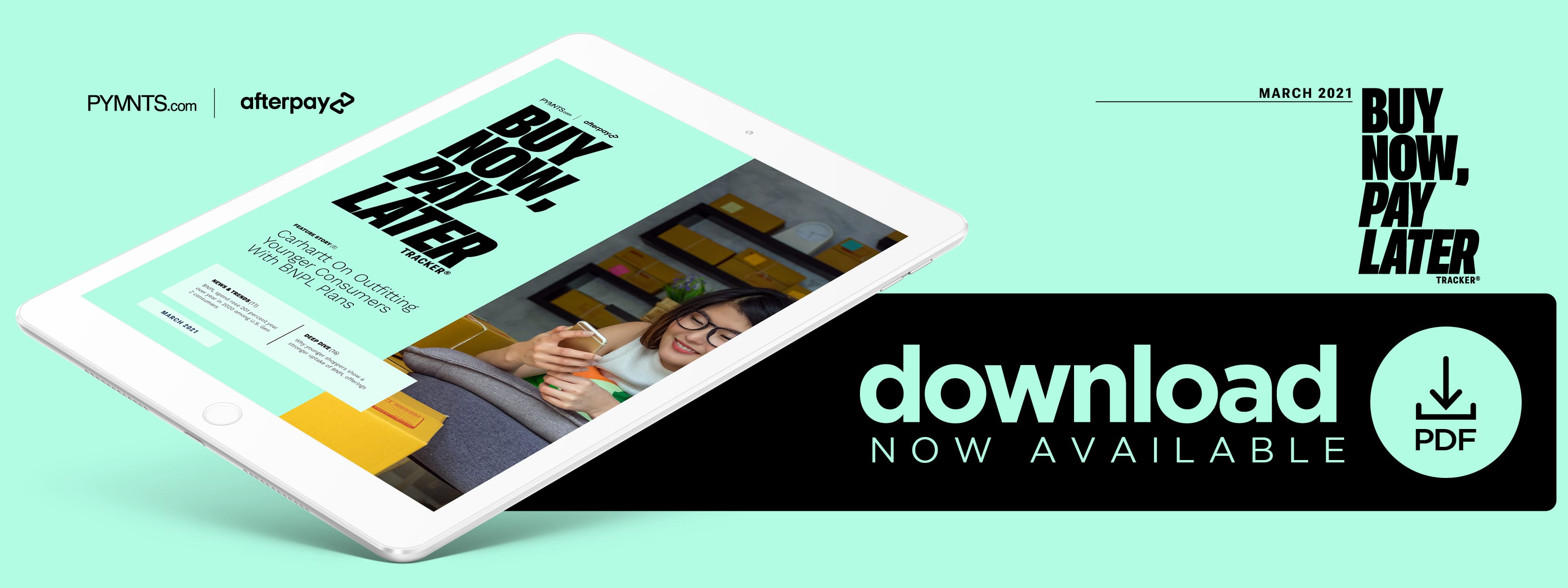Carhartt On Outfitting Younger Consumers With BNPL Plans

Trade professionals just starting out sometimes can’t afford high-end work gear. But access to installment payment plans can give them the flexibility to purchase such products, says Anna Cole of workwear retailer Carhartt. In the Buy Now, Pay Later Tracker, Cole explains how flexible payment plans help workwear brands convert new customers earlier in their careers and collect larger and more frequent orders.
Brands that have long focused on appealing to mid- and late-career consumers are realizing that offering flexible payment options can help them reach younger shoppers as well.
Trade workers across generations are interested in buying durable gear, but many wait to make a full set of purchases from higher-end brands, instead making do with less-expensive alternatives until they are older and earning more — and can better afford the prices, said Anna Cole, director of direct-to-consumer (D2C) global digital platforms at workwear retailer Carhartt. She told PYMNTS in an interview that merchants can actively appeal to younger shoppers by accepting payment methods that better suit their financial circumstances and preferences.
Younger consumers are shying away from the debt that comes with credit card use, so Carhartt has sought to win this group over with buy now, pay later (BNPL) options. Cole explained that adopting installment payment plans has enabled the business to expand its customer base, resolve concerns that may have prevented some shoppers from buying, and encourage more frequent and higher-value orders.
Reaching Younger Buyers
Converting new customers may simply be a question of helping them buy the items they already want. Cole said that Carhartt’s core customers tend to be men ages 35 to 49, but the company’s decision to expand its payment options has brought more millennials, Generation Z consumers and women into the fold. A total of 67 percent of Carhartt’s U.S.-based BNPL customers are women, and 68 percent are millennial or Gen Z consumers. One reason for this trend could be that younger consumers are flocking to alternative financing for high-priced purchases.
“Carhartt’s value is directly related to the durability and quality of its gear, so it’s not the least-expensive workwear option,” Cole said. “You probably don’t have enough money [at the start of your career] to be able to fully outfit yourself from head to toe [in Carhartt]. … We saw [BNPL] as a wonderful opportunity to allow these younger consumers who are getting into the trades to get the products they need to show up on the job and still be able to pay for [them] in a manner that fits their [finances].”
Not all of Carhartt’s BNPL customers learned about the option by visiting the brand’s website and discovering it at checkout. The customer journey happens in reverse in some cases, as BNPL solution providers like Afterpay, which Carhartt uses, act as discovery platforms in addition to providing installment plans. BNPL users can peruse payment providers’ marketplaces for participating businesses, which can draw a considerable number of visitors to merchants’ sites.
“We’re featured on that marketplace, and we get a good amount of referrals coming from that,” Cole said. “We definitely see it as an acquisition tool as well because Afterpay has so aggressively gone after that market. They have brought a lot of new consumers into their brand — and are educating those consumers on our brand.”
Making More — And Bigger — Sales
Customers appear to be taking advantage of BNPL plans to spend with confidence, and Carhartt has seen order frequency and ticket sizes rise. This suggests that many BNPL consumers are more active shoppers. Cole said that U.S. customers who use its installment payment plan place Carhartt orders an average of 1.4 times per year, while traditional U.S. customers place orders 1.2 times annually on average.
“They’re buying from us at a higher rate than our typical consumer,” she said.
Carhartt has offered a BNPL option online to U.S. customers for a year and a half, and it began accepting the payment method at its physical retail locations a few weeks ago. Shoppers on both channels have since begun making larger purchases as well as more frequent ones. Cole noted that Carhartt’s average eCommerce order value has grown 17 percent since it added BNPL, while the average order value at most brick-and- mortar locations has doubled since the payment method became available in stores.
The retailer has also been highlighting its BNPL offering to fight cart abandonment among its online shoppers who might not be aware of the option. Carhartt already emails customers who do not complete their orders, and Cole said that adding details about BNPL plans has improved conversions. She also said she believes it is unlikely that customers’ interest in BNPL methods will abate, especially as younger shoppers’ purchasing habits have made the payment option more commonplace in stores and online.
“Gen Z will expect it and ask for it,” Cole said. “Retailers are going to realize that they’re going to have to be able to offer it to capture that dollar.”

